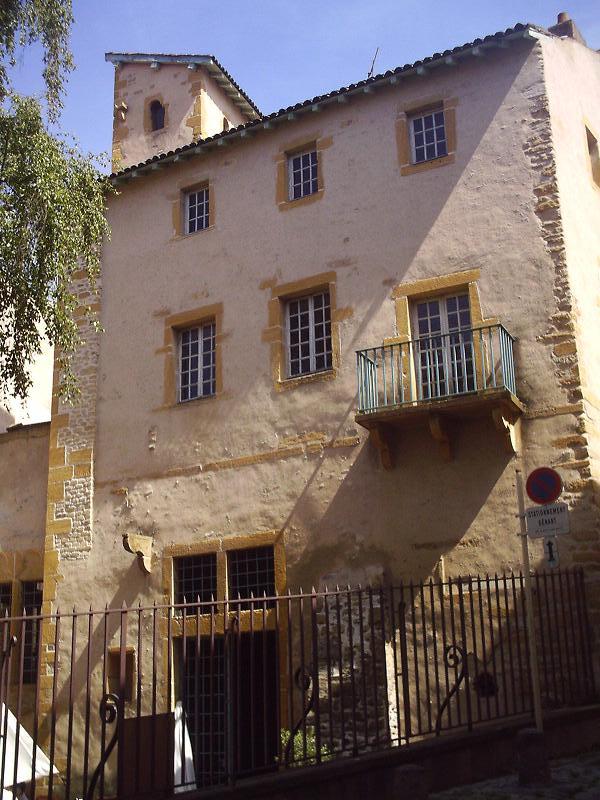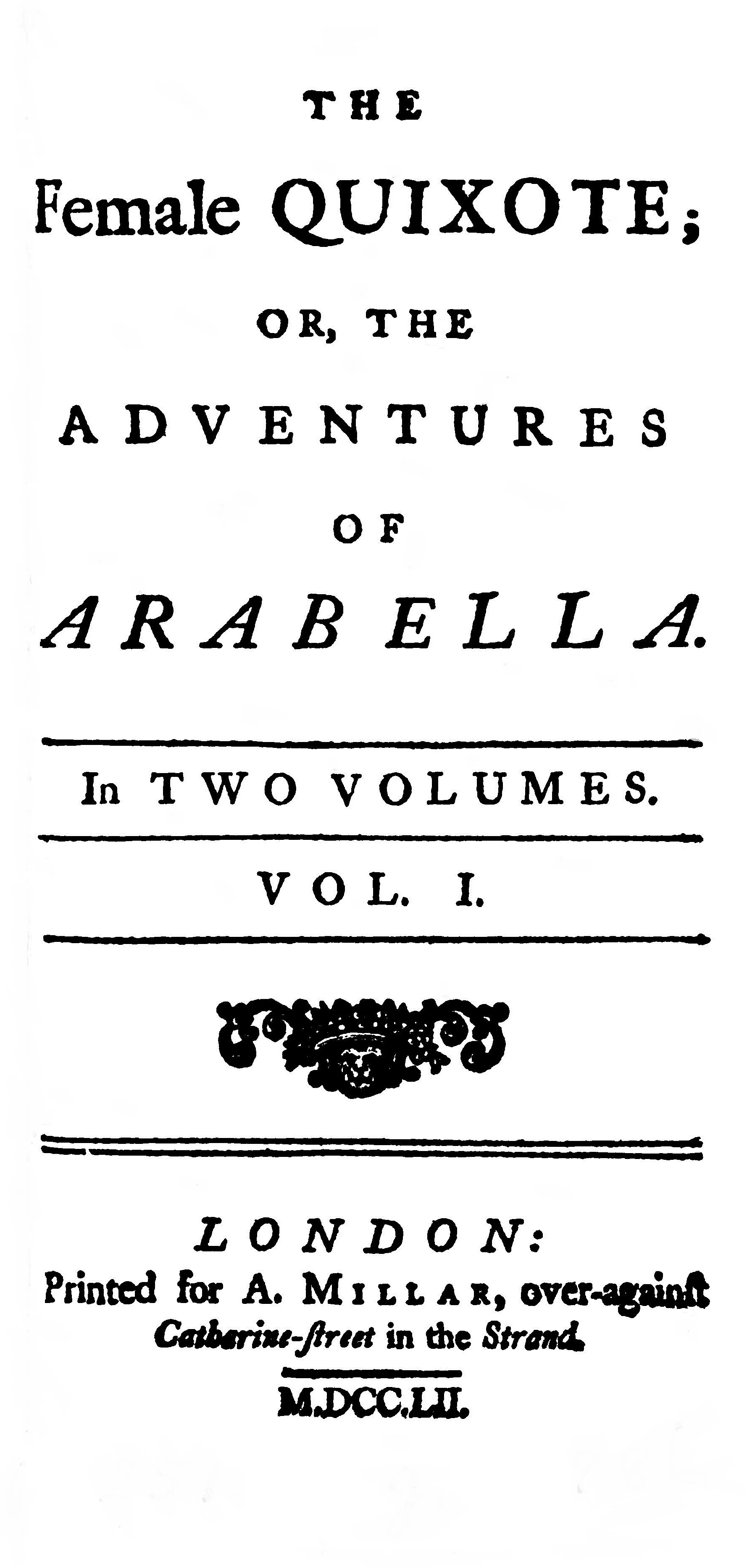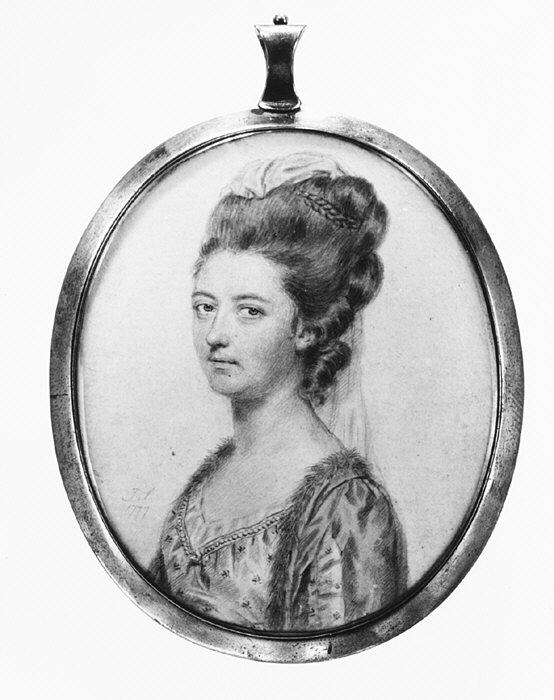|
The Covent Garden Journal
''The Covent-Garden Journal'' (modernised as ''The Covent Garden Journal'') was an English literary periodical published twice a week for most of 1752. It was edited and almost entirely funded by novelist, playwright, and essayist Henry Fielding, under the pseudonym, "Sir Alexander Drawcansir, Knt. Censor of Great Britain". It was Fielding's fourth and final periodical, and one of his last written works. The ''Journal'' incited the "Paper War" of 1752–1753, a conflict among a number of contemporary literary critics and writers, which began after Fielding declared war on the "armies of Grub Street" in the first issue. His proclamation attracted multiple aggressors and instigated a long-lasting debate argued in the pages of their respective publications. Initially waged for the sake of increasing sales, the Paper War ultimately became much larger than Fielding had expected and generated a huge volume of secondary commentary and literature. Further controversy erupted in June, w ... [...More Info...] [...Related Items...] OR: [Wikipedia] [Google] [Baidu] |
Covent Garden
Covent Garden is a district in London, on the eastern fringes of the West End, between St Martin's Lane and Drury Lane. It is associated with the former fruit-and-vegetable market in the central square, now a popular shopping and tourist site, and with the Royal Opera House, itself known as "Covent Garden". The district is divided by the main thoroughfare of Long Acre, north of which is given over to independent shops centred on Neal's Yard and Seven Dials, while the south contains the central square with its street performers and most of the historical buildings, theatres and entertainment facilities, including the London Transport Museum and the Theatre Royal, Drury Lane. The area was fields until briefly settled in the 7th century when it became the heart of the Anglo-Saxon trading town of Lundenwic, then abandoned at the end of the 9th century after which it returned to fields. By 1200 part of it had been walled off by the Abbot of Westminster Abbey for use as arable l ... [...More Info...] [...Related Items...] OR: [Wikipedia] [Google] [Baidu] |
Lucian
Lucian of Samosata, '; la, Lucianus Samosatensis ( 125 – after 180) was a Hellenized Syrian satirist, rhetorician and pamphleteer Pamphleteer is a historical term for someone who creates or distributes pamphlets, unbound (and therefore inexpensive) booklets intended for wide circulation. Context Pamphlets were used to broadcast the writer's opinions: to articulate a poli ... who is best known for his characteristic tongue-in-cheek style, with which he frequently ridiculed superstition, religious practices, and belief in the paranormal. Although his native language was probably Syriac language, Syriac, all of his extant works are written entirely in ancient Greek (mostly in the Attic Greek dialect popular during the Second Sophistic period). Everything that is known about Lucian's life comes from his own writings, which are often difficult to interpret because of his extensive use of sarcasm. According to his oration ''The Dream'', he was the son of a lower middle clas ... [...More Info...] [...Related Items...] OR: [Wikipedia] [Google] [Baidu] |
Miguel De Cervantes
Miguel de Cervantes Saavedra (; 29 September 1547 (assumed) – 22 April 1616 Old Style and New Style dates, NS) was an Early Modern Spanish writer widely regarded as the greatest writer in the Spanish language and one of the world's pre-eminent novelists. He is best known for his novel ''Don Quixote'', a work often cited as both the first modern novel and one of the pinnacles of world literature. Much of his life was spent in poverty and obscurity, which led to many of his early works being lost. Despite this, his influence and literary contribution are reflected by the fact that Spanish is often referred to as "the language of Cervantes". In 1569, Cervantes was forced to leave Spain and move to Rome, where he worked in the household of a Cardinal (Catholic Church), cardinal. In 1570, he enlisted in a Spanish Marine Infantry, Spanish Navy infantry regiment, and was badly wounded at the Battle of Lepanto in October 1571. He served as a soldier until 1575, when he was captur ... [...More Info...] [...Related Items...] OR: [Wikipedia] [Google] [Baidu] |
Jonathan Swift
Jonathan Swift (30 November 1667 – 19 October 1745) was an Anglo-Irish Satire, satirist, author, essayist, political pamphleteer (first for the Whig (British political party), Whigs, then for the Tories (British political party), Tories), poet, and Anglican cleric who became Dean (Christianity), Dean of St Patrick's Cathedral, Dublin, hence his common sobriquet, "Dean Swift". Swift is remembered for works such as ''A Tale of a Tub'' (1704), ''An Argument Against Abolishing Christianity'' (1712), ''Gulliver's Travels'' (1726), and ''A Modest Proposal'' (1729). He is regarded by the ''Encyclopædia Britannica'' as the foremost prose satirist in the English language, and is less well known for his poetry. He originally published all of his works under pseudonyms—such as Lemuel Gulliver, Isaac Bickerstaff, M. B. Drapier—or anonymously. He was a master of two styles of satire, the Satire#Classifications, Horatian and Juvenalian styles. His deadpan, ironic writing style, partic ... [...More Info...] [...Related Items...] OR: [Wikipedia] [Google] [Baidu] |
Aristophanes
Aristophanes (; grc, Ἀριστοφάνης, ; c. 446 – c. 386 BC), son of Philippus, of the deme In Ancient Greece, a deme or ( grc, δῆμος, plural: demoi, δημοι) was a suburb or a subdivision of Athens and other city-states. Demes as simple subdivisions of land in the countryside seem to have existed in the 6th century BC and ear ... Kydathenaion ( la, Cydathenaeum), was a comedy, comic playwright or comedy-writer of Classical Athens, ancient Athens and a poet of Ancient Greek comedy, Old Attic Comedy. Eleven of his forty plays survive virtually complete. These provide the most valuable examples of a genre of comic drama known as Ancient Greek comedy, Old Comedy and are used to define it, along with fragments from dozens of lost plays by Aristophanes and his contemporaries. Also known as "The Father of Comedy" and "the Prince of Ancient Comedy", Aristophanes has been said to recreate the life of ancient Athens more convincingly than any other author. His pow ... [...More Info...] [...Related Items...] OR: [Wikipedia] [Google] [Baidu] |
François Rabelais
François Rabelais ( , , ; born between 1483 and 1494; died 1553) was a French Renaissance writer, physician, Renaissance humanist, monk and Greek scholar. He is primarily known as a writer of satire, of the grotesque, and of bawdy jokes and songs. Ecclesiastical yet anticlerical, Christian yet considered by some as a free thinker, a doctor yet having the image of a '' bon vivant'', the multiple facets of his personality sometimes seem contradictory. Caught up in the religious and political turmoil of the Reformation, Rabelais showed himself to be both sensitive and critical towards the great questions of his time. Subsequently, the views of his life and work have evolved according to the times and currents of thought. An admirer of Erasmus, through parody and satire Rabelais fought for tolerance, peace, an evangelical faith, and a return to the knowledge of ancient Greco-Romans to dispel the "Gothic darkness" that characterized the Middle Ages. He took up the theses of P ... [...More Info...] [...Related Items...] OR: [Wikipedia] [Google] [Baidu] |
The Covent Garden Theatre, Or Paquin Turn'd Drawcansir
''The'' () is a grammatical article in English, denoting persons or things that are already or about to be mentioned, under discussion, implied or otherwise presumed familiar to listeners, readers, or speakers. It is the definite article in English. ''The'' is the most frequently used word in the English language; studies and analyses of texts have found it to account for seven percent of all printed English-language words. It is derived from gendered articles in Old English which combined in Middle English and now has a single form used with nouns of any gender. The word can be used with both singular and plural nouns, and with a noun that starts with any letter. This is different from many other languages, which have different forms of the definite article for different genders or numbers. Pronunciation In most dialects, "the" is pronounced as (with the voiced dental fricative followed by a schwa) when followed by a consonant sound, and as (homophone of the archaic pron ... [...More Info...] [...Related Items...] OR: [Wikipedia] [Google] [Baidu] |
Charles Macklin
Charles Macklin (26 September 1699 – 11 July 1797), (Gaelic: Cathal MacLochlainn, English: Charles McLaughlin), was an Irish actor and dramatist who performed extensively at the Theatre Royal, Drury Lane. Macklin revolutionised theatre in the 18th century by introducing a "natural style" of acting. He is also famous for accidentally killing a man during a fight over a wig at the same theatre. Macklin was born in County Donegal in the Irish region of Ulster in the north of Ireland. He was raised in Dublin, where he attended school in Islandbridge after his father's death and his mother's remarriage. Macklin became known for his many performances in the tragedy and comedy genre of plays. He gained his greatest fame in the role of Shylock in ''The Merchant of Venice.'' Macklin enjoyed a long career which was often steeped in controversy before dying aged 97. Early life It is thought that Macklin was born near Culdaff, a village in Inishowen in the north of County Donegal in ... [...More Info...] [...Related Items...] OR: [Wikipedia] [Google] [Baidu] |
The Female Quixote
''The Female Quixote; or, The Adventures of Arabella'' is a novel written by Charlotte Lennox imitating and parodying the ideas of Miguel de Cervantes' ''Don Quixote''. Published in 1752, two years after she wrote her first novel, ''The Life of Harriot Stuart'', it was her best-known and most-celebrated work. It was approved by both Henry Fielding and Samuel Richardson, applauded by Samuel Johnson, and used as a model by Jane Austen for ''Northanger Abbey''. It has been called a burlesque, "satirical harlequinade", and a depiction of the real power of females. While some dismissed Arabella as a coquette who simply used romance as a tool, Scott Paul Gordon said that she "exercises immense power without any consciousness of doing so". Norma Clarke has ranked it with ''Clarissa'', '' Tom Jones'' and ''Roderick Random'' as one of the "defining texts in the development of the novel in the eighteenth century". Plot Arabella, the heroine of the novel, was brought up by her widowed fa ... [...More Info...] [...Related Items...] OR: [Wikipedia] [Google] [Baidu] |
Charlotte Lennox
Charlotte Lennox, ''née'' Ramsay (c. 1729 – 4 January 1804), was a Scottish novelist, playwright, poet, translator, essayist, and magazine editor, who has primarily been remembered as the author of ''The Female Quixote'', and for her association with Samuel Johnson, Joshua Reynolds and Samuel Richardson. However, she had a long, productive career in her own right. Life Charlotte Lennox was born in Gibraltar. Her father, James Ramsay of Dalhousie, was a Scottish captain in the British Army, and her mother Catherine, née Tisdall (died 1765), was Scottish and Irish. She was baptised Barbara Charlotte Ramsay. Very little direct information on her pre-public life is available, and biographers have extrapolated from her first novel such elements as seem semi-autobiographical. Charlotte lived for the first ten years her life in England before her father, who was a lieutenant in the guards, moved the family to Albany, New York in 1738, where he was lieutenant-governor. He died in ... [...More Info...] [...Related Items...] OR: [Wikipedia] [Google] [Baidu] |
Penny (British Pre-decimal Coin)
The British pre-decimal penny was a denomination of sterling coinage worth of one pound or of one shilling. Its symbol was ''d'', from the Roman denarius. It was a continuation of the earlier English penny, and in Scotland it had the same monetary value as one pre-1707 Scottish shilling. The penny was originally minted in silver, but from the late 18th century it was minted in copper, and then after 1860 in bronze. The plural of "penny" is "pence" when referring to an amount of money, and "pennies" when referring to a number of coins. Thus 8''d'' is eight pence, but "eight pennies" means specifically eight individual penny coins. Before Decimal Day in 1971, sterling used the Carolingian monetary system (£sd), under which the largest unit was a pound (£) divisible into 20 shillings (s), each of 12 pence (d). The penny was withdrawn in 1971 due to decimalisation, and replaced (in effect) by the decimal half new penny, with p being worth 1.2''d''. History The kingdoms o ... [...More Info...] [...Related Items...] OR: [Wikipedia] [Google] [Baidu] |







.png)


